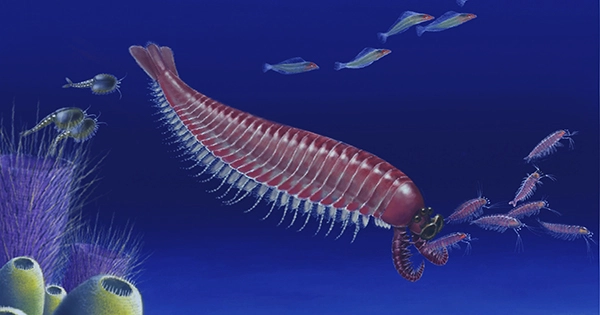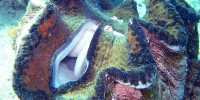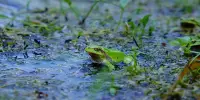A 518 million year old fossilized worm has been discovered to be a key node in the evolutionary tree and to be the ancestor of three significant animal species. The guy, also known as Wufengella, is a bristly creature from the extinct tommotiid family of animals. He was only half an inch long.
Although these Cambrian shelly fossils have been found all across the world, little is still known about them. Wufengella, on the other hand, is proving to be a fascinating addition to the order.
It resembled a small toilet brush with its asymmetrical armor covering a fleshy body covered in spiky projections that nestled between flattened lobes on either side of the body. Its odd appearance suggests that the worm once had a segmented body structure, comparable to an earthworm.
Its distinctive appearance is attractive, but it can also be misleading.
Dr. Jakob Vinther from the School of Earth Sciences at the University of Bristol stated in a statement that the creature “looks like the unlikely child between a bristle worm and a chiton mollusk.” Interesting, it doesn’t correspond to either of those categories.
As a member of the Wufengella research team, Vinther has come to the conclusion that the armored, bristly worm was a remarkably benevolent inheritor, transferring some of its qualities to a variety of creatures. There are around 30 major body types in the animal kingdom (referred to as phyla by scientists), however due to the rapid rate of evolution during the Cambrian Explosion, which increased biodiversity, very few species had features that were handed down across many phyla.
Wufengella is one of those exceptions.
Brachiopods (valved animals like Lingula anatine) have a peculiar organ called a lophophore that allows them to filter water. Two other prominent members of the phylum, the phoronids (also known as horseshoe worms), and bryozoans, both have what is essentially a pair of tentacles folded into a horseshoe shape (called moss animals).
When comparing the body plans of the three to those of our quirky Wufengella, it appears that the bristly ancient worm is their common ancestor. Together, the three make up the Lophophorata, a collection of closely related creatures. The finding is comparable to adding the last piece to a jigsaw puzzle because scientists had been looking for a related to the Lophophorata but had been unsuccessful.
Dr. Luke Parry, a co-author from the University of Oxford, said, “When it first became evident to me what this relic that I was looking at under the microscope was, I couldn’t believe my eyes. “We have often wondered about this fossil and wanted to see it one day,” the author says.
Greg Edgecombe, a co-author from the Natural History Museum, outlined why Wufengella serves as a symbol for the value of the fossil record in reconstructing evolutionary trees.
By focusing primarily on living creatures and the very limited physical traits that are shared by several phyla, he claimed, “we obtain an incomplete picture.” “With fossils like Wufengella, we can trace each lineage back to its roots and realize how they once looked very different and had quite varied patterns of life, sometimes exclusive and other times shared with more distant relatives.”















